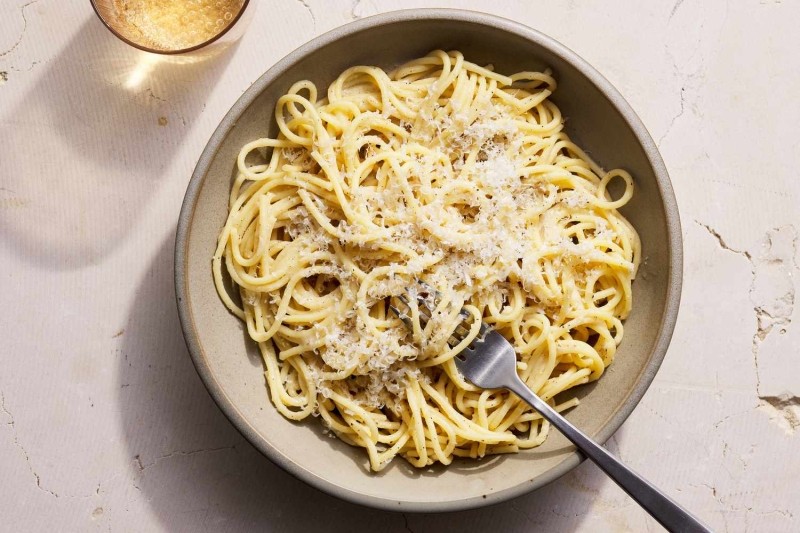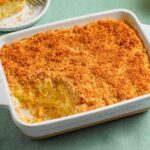Lumps and clumps, begone!
Prep: 10 mins
Cook: 15 mins
Total: 25 mins
Servings: 4 servings
Yield: 7 cups
Cacio e Pepe is a creamy and cheesy Roman pasta dish made from a few ingredients: aged Pecorino Romano cheese, black pepper, and spaghetti. Rome in 30 minutes or less? Yes, please.
As a recipe developer, I call this an easy day at the office, but after my fourth attempt at making a smooth and creamy sauce, I was quickly reminded that sometimes the most straightforward recipes are the hardest to nail in cooking. After pitching out pounds of spaghetti and clumpy cheese, I wanted this cacio e pepe recipe to be a no-fail version of this iconic dish.
The solution is a pecorino paste that gets gradually loosened with pasta cooking water until the cheese is melted and smooth. Then all you have to do is add the pasta and toss it until perfectly creamy. It’s certainly not an original method, but it is a sure thing.
Breaking With Tradition (Just a Smidge)
Cacio e pepe is traditionally made from black pepper, aged Pecorino Romano cheese, spaghetti or tonnarelli pasta, and, most importantly, pasta cooking water. Authentic cacio e pepe does not include butter or oil, but we’re willing to break a few rules for flavor. Most recipes call for the one-pan method of marrying the pasta with the sauce in the same pan, but we’re going to take the lesser-known path to create the creamiest sauce.
How To Grate the Cheese for the Smoothest Sauce
Ideally, the cheese should be grated with a Microplane grater; this texture has the best-melting properties sans clumps. The second best option is grating the cheese in a food processor. Chop the Pecorino, add it to the bowl of a food processor, and pulse until couscous-sized pieces of cheese form. Grating cheese on a box grater’s fine teeth is not recommended. It’s an annoying process, and the cheese is too fine for this method. It will clump immediately.
Black Pepper is not an Afterthought
All too often, black pepper is haphazardly added to dishes, and I am totally guilty of doing this. But in cacio e pepe, black pepper is a major player and should be treated as such. Freshly ground pepper has way more flavor than pre-ground pepper. Please give it a go if you have a pepper mill. But if you only have the pre-ground stuff, no worries! Toasting the pepper in oil intensifies its taste, and the oil helps carry the flavor throughout the dish.
Heat is Your Frenemy
If I learned anything about cacio e pepe, it’s this: heat is your frenemy. Grated cheese tossed with ripping hot pasta equals a mess, but it needs to be warm enough to actually melt the cheese. Even when I gradually added cheese to pasta coated in a starchy pasta water emulsion, it still clumped. The bottom line: if proteins in the cheese are heated up too quickly, they clump.
To work around this issue, I treated the cheese like eggs in a custard. Adding small amounts of hot pasta water to the cheese gradually heats its proteins and melts most of the grated cheese. The cheese mixture is thoroughly diluted and tempered, just like a custard, before the pasta, which is cooled briefly, is added. Then it’s simply tossing the pasta with the cheese mixture until perfectly creamy. Simple as that.
Tips for Making Cacio e Pepe
- Let the pasta cool slightly—Ripping hot pasta plus finely shredded or grated cheese inevitably yields a clumpy sauce. Letting the pasta cool for 2 minutes before tossing ensures a perfectly creamy sauce.
- Develop a rich black pepper flavor—Toasting the pepper in oil and butter awakens its flavor. Your pepe will taste pepperier.
- Temper the cheese for the smoothest sauce—Tempering the pecorino mixture with hot cooking water slowly warms up the proteins in the cheese, guaranteeing a smooth sauce.
Serving Cacio e Pepe
Because cacio e pepe is such a simple dish, we recommend maintaining that simplicity in the dishes you serve with it. In that spirit, all you really need is a simple side salad to make this a complete meal.
«It was quite a journey to get to a cacio e pepe with a perfectly smooth sauce, but we did it! The results are silky smooth and of course perfectly delicious.» —The Spruce Eats Test Kitchen
A Note From Our Recipe Tester
Ingredients
- 2 quarts water
- 1 1/2 teaspoons fine salt
- 1 (16-ounce) package spaghetti
- 3 tablespoons olive oil
- 2 tablespoons unsalted butter
- 2 teaspoons freshly ground coarse black pepper
- 4 ounces Pecorino Romano cheese, grated with a Microplane grater (about 2 1/2 cups), plus more for serving
Steps to Make It
-
Gather the ingredients.
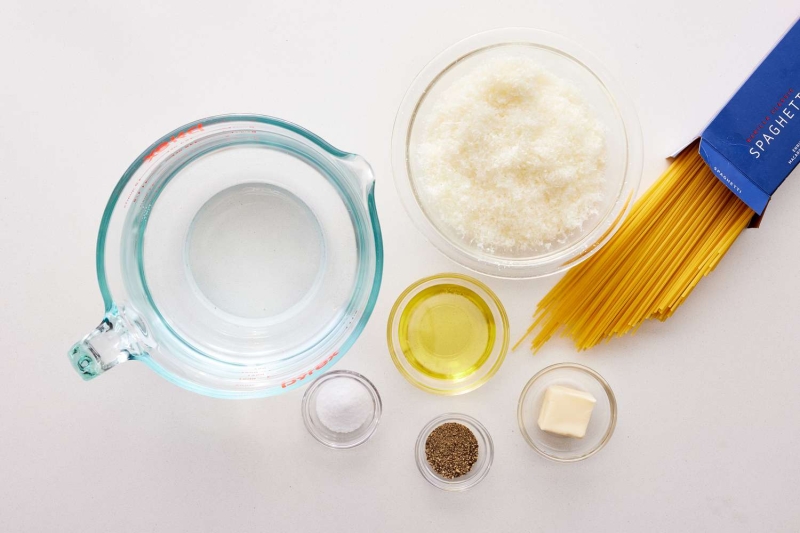
-
Bring 2 quarts water and 1 1/2 teaspoons fine salt to a boil in a large Dutch oven (or another pot wide enough to fit spaghetti) over high. Add 1 (16-ounce) package spaghetti to the boiling water and cook according to package directions for al dente.
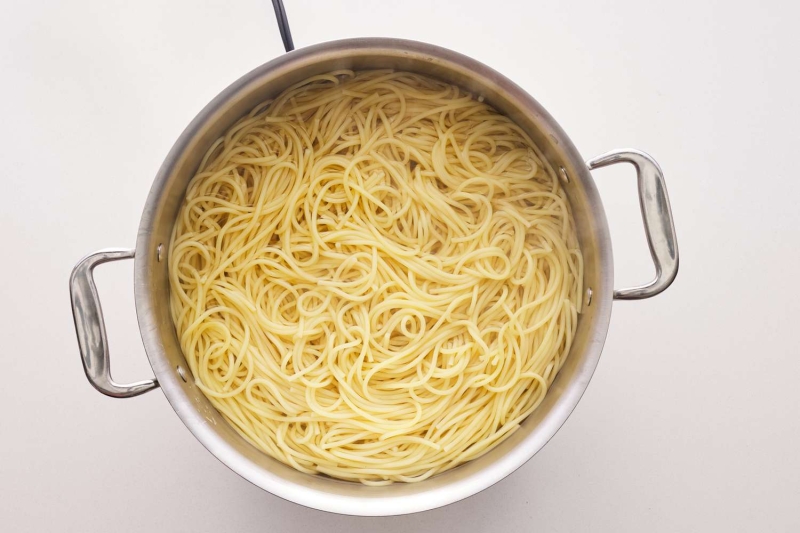
-
While the pasta water comes to a boil, heat 3 tablespoons olive oil, 2 tablespoons unsalted butter, and 2 teaspoons freshly ground coarse black pepper in a medium skillet over medium. Cook, stirring constantly, until the butter is melted and the pepper is sizzling, 2 to 3 minutes.
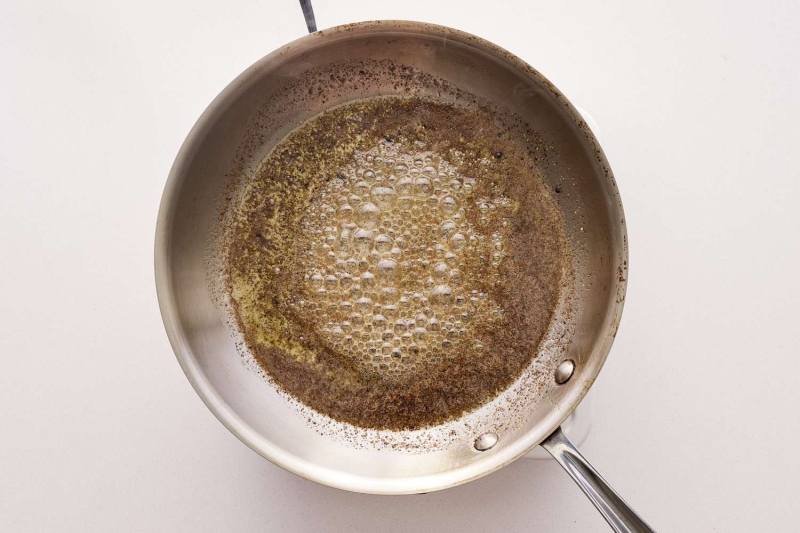
-
Transfer the pepper mixture to a large bowl and stir in 4 ounces Pecorino Romano cheese, grated with a Microplane grater (about 2 1/2 cups) until the cheese is completely coated.
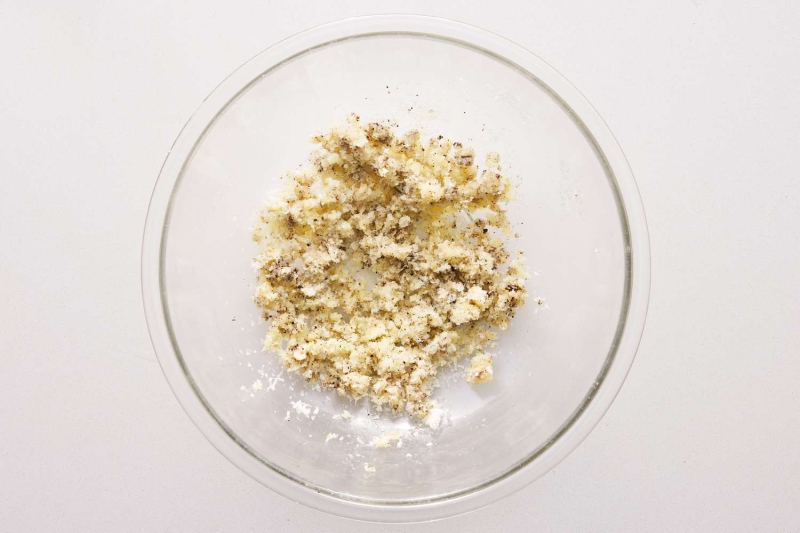
-
Drain the pasta in a colander, reserving 1 cup of the cooking water. Let the pasta sit for 2 minutes.
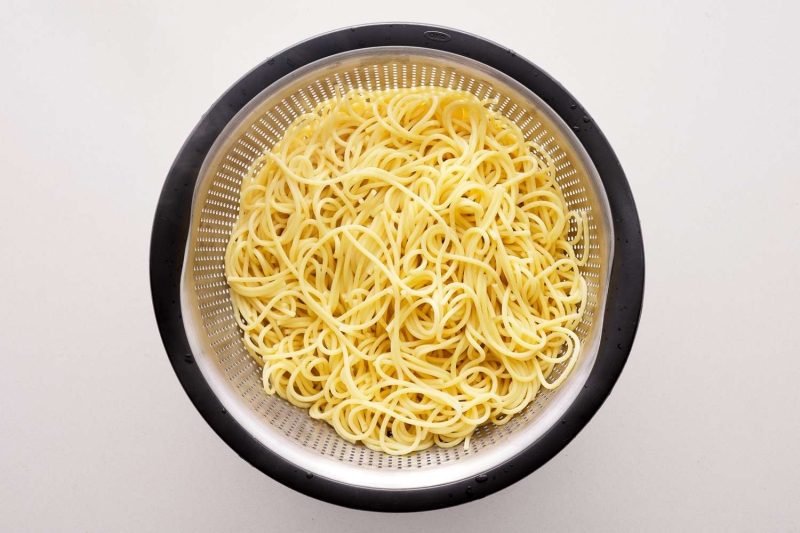
-
While the pasta cools, whisk 3/4 cup of the reserved cooking water into the pecorino mixture, 1/4 cup at a time, until most of the cheese is melted.
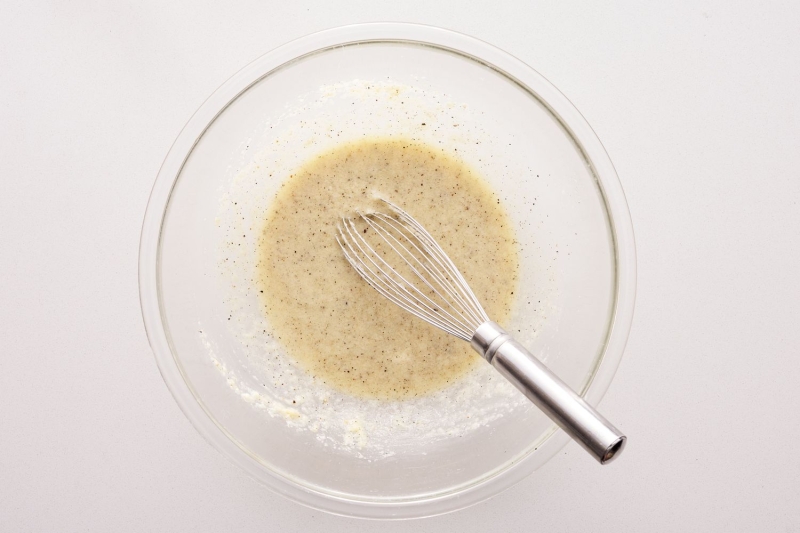
-
Transfer the pasta to the pecorino mixture. Working quickly, vigorously stir the pasta mixture until a creamy sauce forms and coats the pasta, 20 to 30 seconds. Gradually add the remaining 1/4 cup reserved cooking water to loosen if necessary.
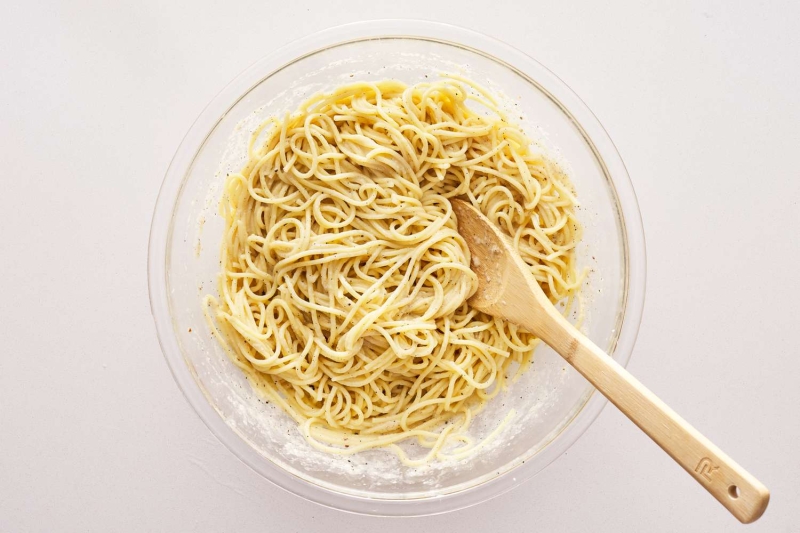
-
Divide among 4 bowls and serve immediately, topped with additional Pecorino Romano as desired.
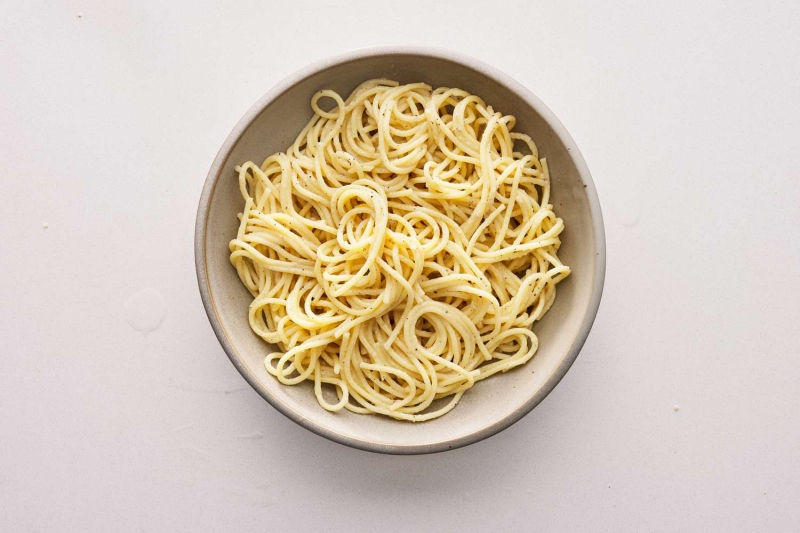
Feeling Adventurous? Try This:
- Try other types of pepper for a different flavor—You can substitute crushed black pepper with crushed pink peppercorns, Sichuan peppercorns, or Tellicherry peppercorns.
- Mix cheeses—Replace half of the Pecorino Romano with parmesan cheese, Asiago, Manchego, or Grana Padano.
- Use a different pasta—Italians will disagree, but most long pasta shapes are totally ok to use, like Bucatini, mafaldine, or fettuccine. Just keep it a secret.
| Nutrition Facts | |
|---|---|
| Servings: 4 | |
| Amount per serving | |
| Calories | 674 |
| % Daily Value* | |
| Total Fat 25g | 32% |
| Saturated Fat 10g | 51% |
| Cholesterol 45mg | 15% |
| Sodium 679mg | 30% |
| Total Carbohydrate 87g | 31% |
| Dietary Fiber 4g | 14% |
| Total Sugars 3g | |
| Protein 24g | |
| Vitamin C 0mg | 0% |
| Calcium 333mg | 26% |
| Iron 4mg | 23% |
| Potassium 296mg | 6% |
| *The % Daily Value (DV) tells you how much a nutrient in a food serving contributes to a daily diet. 2,000 calories a day is used for general nutrition advice. | |
